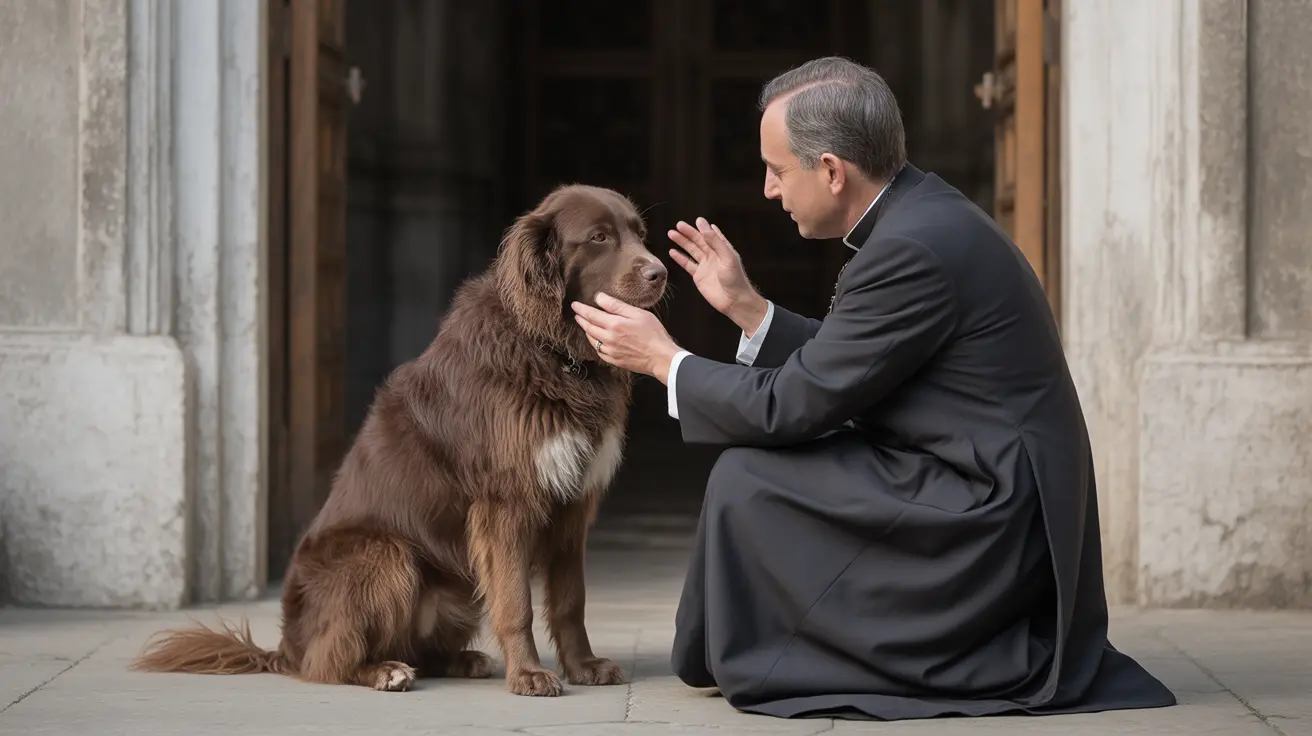For pet owners with both cats and dogs, identifying which pet had an accident in the house is crucial for addressing potential health or behavioral issues. Understanding the key differences between cat poop vs dog poop can help you quickly determine the source and take appropriate action.
In this comprehensive guide, we'll explore the distinctive characteristics of both types of pet waste, from physical appearance to smell, helping you become an expert at identifying which four-legged friend might need extra attention or veterinary care.
Physical Characteristics and Appearance
Cat and dog feces have distinct physical traits that make them relatively easy to distinguish. Cat poop typically appears segmented with pointed ends and maintains a more uniform size and shape. It's usually smaller, more compact, and darker brown in color compared to dog waste.
Dog poop, conversely, tends to be larger and more log-shaped, with size varying significantly based on the dog's breed. The color can range from light to dark brown, and the consistency is generally less uniform than cat feces, especially if the dog has a varied diet.
Odor and Composition Differences
One of the most noticeable differences between cat and dog waste is the smell. Cat feces typically has a stronger, more pungent odor due to their carnivorous diet and unique digestive system. The high protein content and concentrated ammonia compounds contribute to this distinctive smell.
Dog feces usually has a milder odor, though it can vary based on diet. Since dogs are omnivores, their waste may contain visible undigested food particles and show more variation in smell depending on what they've eaten.
Location and Behavioral Clues
Where you find the waste can offer significant clues about its source. Cats instinctively try to bury their waste, so if you find partially covered feces or evidence of scratching nearby, it's likely from your feline friend. Cats also prefer private, secluded spots for elimination.
Dogs typically don't attempt to cover their waste and often eliminate in more open areas. They're also more likely to defecate randomly throughout the house during accidents, while cats tend to choose consistent locations.
Diet's Impact on Waste Characteristics
What your pets eat significantly affects their waste characteristics. Cats, being obligate carnivores, produce more consistent stools due to their protein-rich diet. Their feces typically maintains similar characteristics unless there's a health issue or dietary change.
Dog waste shows more variation because of their omnivorous diet. Changes in food, treats, or access to human food can dramatically alter the appearance, consistency, and smell of their feces.
Health Indicators in Pet Waste
Both cat and dog feces can provide important health insights. Normal cat poop should be dark brown, firm, and well-formed. Dog poop should be brown, log-shaped, and easy to pick up without leaving residue.
Watch for warning signs in either pet's waste, such as blood, mucus, unusual colors, or dramatic consistency changes. These could indicate digestive issues, parasites, or other health concerns requiring veterinary attention.
Frequently Asked Questions
How can I tell the difference between cat poop and dog poop in my home?
Look for size, shape, and location differences. Cat poop is smaller, more segmented, and often partially buried, while dog poop is larger, log-shaped, and left uncovered.
Why does cat poop smell stronger than dog poop?
Cat poop smells stronger due to their carnivorous diet and higher concentration of protein and ammonia compounds in their waste.
What are the main differences in the appearance and consistency of cat vs dog feces?
Cat feces is typically smaller, darker, and more segmented with pointed ends. Dog feces is larger, log-shaped, and varies more in color and consistency.
How does a pet's diet affect the look and smell of their poop?
Diet significantly impacts waste characteristics. Cats' consistent, meat-based diet produces uniform stools, while dogs' varied diet leads to more variation in their waste.
What should I do if I find abnormal stool (unusual color, consistency, or smell) from my cat or dog?
If you notice any significant changes in your pet's waste, schedule a veterinary appointment. Abnormal stool can indicate digestive issues, parasites, or other health concerns requiring professional attention.






